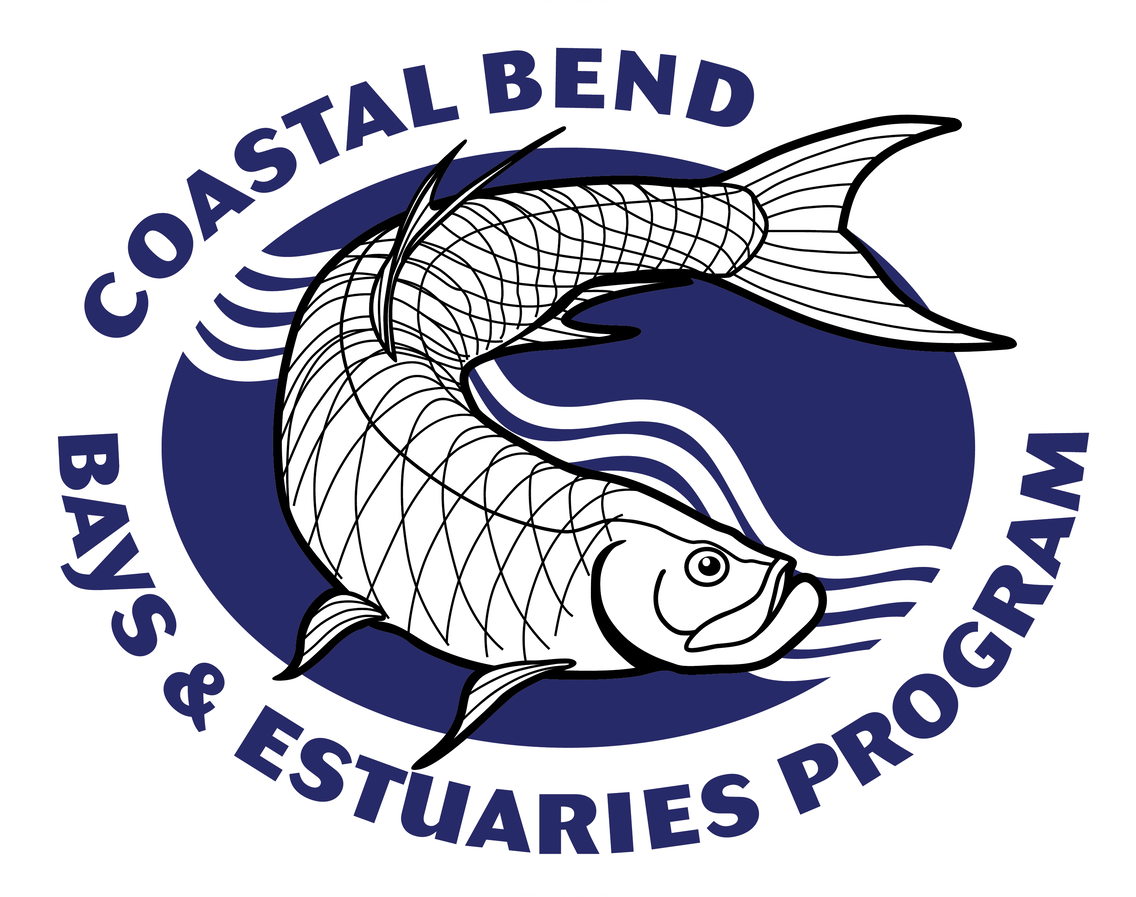Organisms and Environments:
TEKS Covered: 112.14 (a) 1-4, (b) 1, 2BD&F, 3A, 9, 10A&B, 11B
Equipment used: cameras (not provided), hand lenses, metric rulers, journals, note cards, stapler, sound recorder (not provided)
Vocabulary: habitat, food chain, inherited, learned, environment, adaptations, organisms, natural resources, decomposition, populations, communities, structure, function
Field Trip Stations
Food Chain Hike – Find evidence of organisms in an ecosystem and determine their place in food chains.
Guided Pond Sit – Observe how physical characteristics of an environment support populations of ecosystems.
Insect Exploration – Discover what insect adaptations helps it survive in the environment.
Microscopic Wonders – Physical characteristics represent adaptations that help organisms survive in their environment.
Who’s Been to the Water? – Find evidence of organisms and describe how they are interconnected.
Perspective Sketch – Environments are made of systems with layers.
Habitat Hike – The environment determines which organisms will choose a habitat there.
Structure & Function – The structure of a cactus helps it survive.
For more information or to customize a trip, use our teacher workbook.
